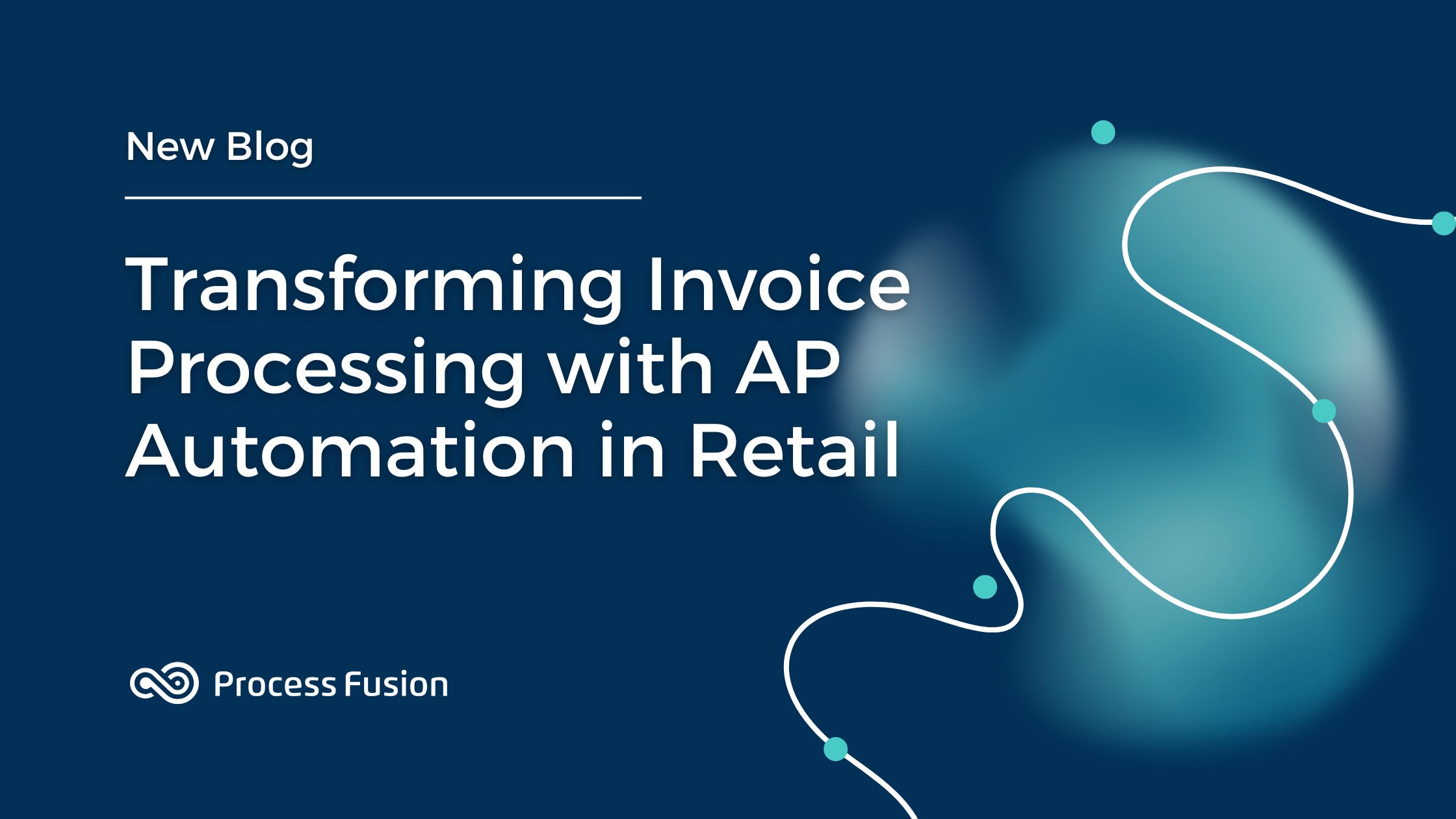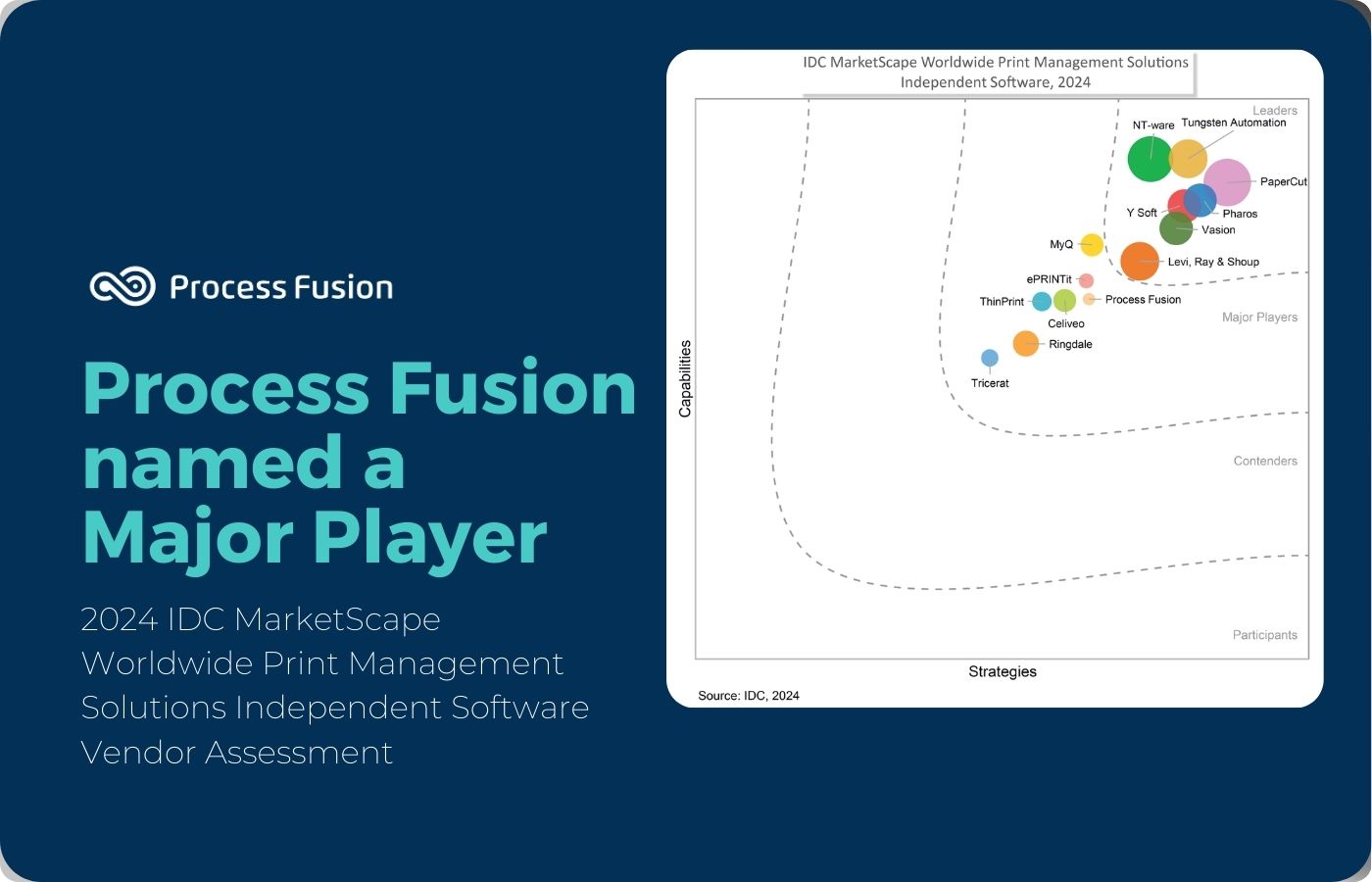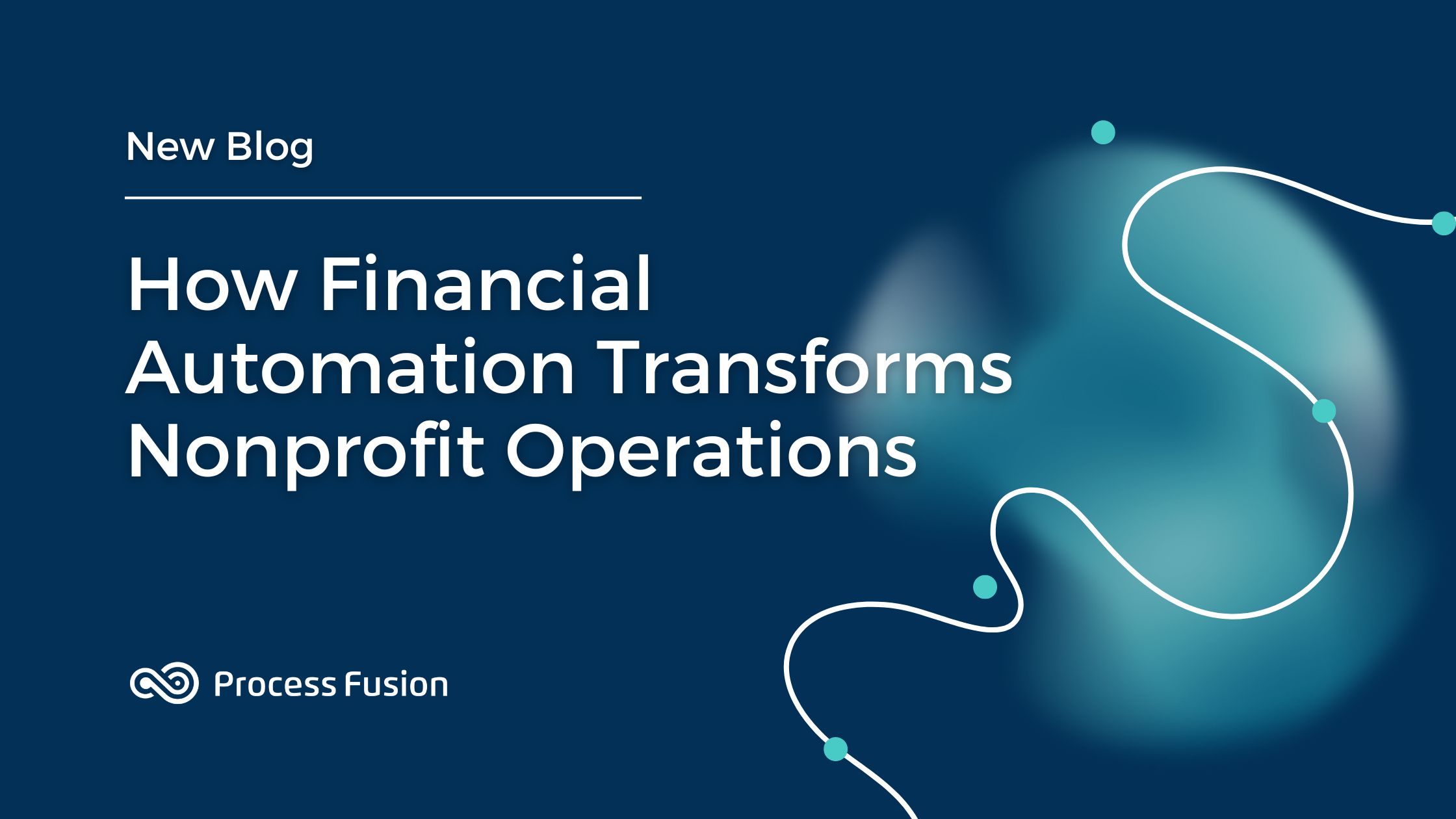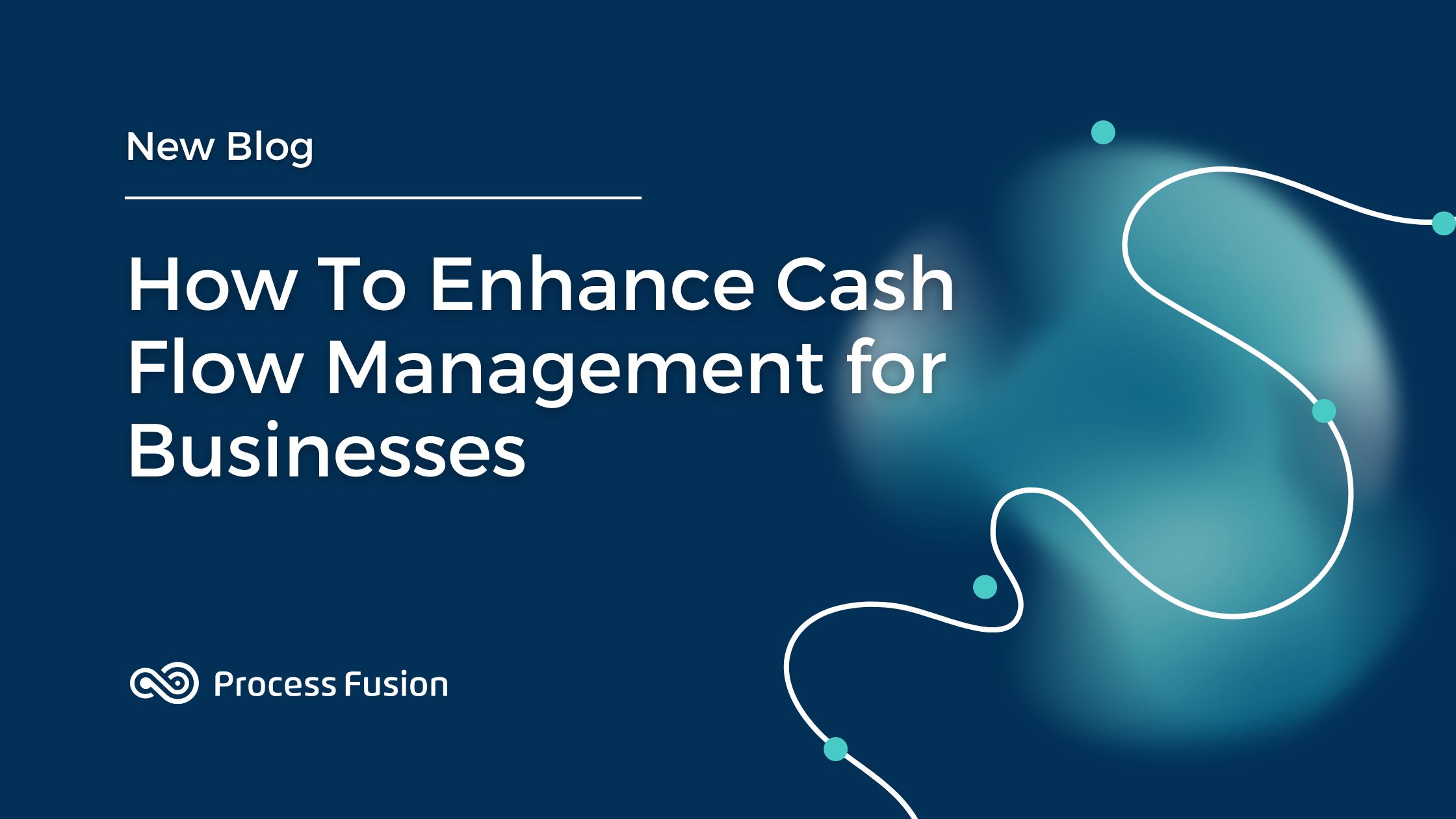
A big driver for automation comes down to the cost savings it provides. But that isn’t to say that cost savings is the only consideration. Automated Referral Management also helps healthcare organizations put their staff to work on what is important and where they are really needed.
Why Automate Your Referral Healthcare Processes?
Cost Savings
The CAQH estimates that the U.S. healthcare industry can save an additional $11 billion dollars annually by automating business processes around claims and eligibility data.
A lot of tasks revolving around claims or referral processing involves manual repetitive tasks that are perfect for automation. A typical hospital spends around 50-60% of its expenses on salaries and benefits, and three out of four CEO’s say that creating efficiencies are one of their top financial priorities.
Deploying a smart automation plan can reduce the costs of administration in any healthcare organization and allow staff to focus more on patient care.
Optimizing Resources
Without a doubt, the human mind is still the best tool for strategic planning and critical thinking, but people are prone to making mistakes.
Automation is best when it comes to this kind of work. The more automation that is implemented on this type of repetitive, high volume work, the more data is available for analysis of your business, giving staff more tools to strategically push the business forward
What Healthcare Processes Can Be Automated?
In general, anything that revolves around the transmission, processing, reporting and analysis of data can be automated. When it comes to automation for hospitals and healthcare organizations, there are many options. We will be covering a few important ones.
Staff Communication
Performing healthcare administrative tasks more efficiently can go a long way in reducing staff stress. Automating a universal dashboard where all communications centrally arrive in one place can support back and forth communication required with new reporting standards.
This enables healthcare staff greater visibility to take control of more administrative tasks that slow down physicians, giving them more time to spend on patient care.
A universal inbox hub with electronic fax and document management can also help reduce communication redundancies. Whereas processes of manual scanning and faxing are costly, time-consuming and stressful. By automating this process, it enables staff to easily review, split and combine pages in less time.
Patient Communication
On average, it takes three phone calls to connect with a patient to tell them their report results are normal. Staff must call the patient, leave a message, wait for a call back or call the patient again to deliver the results. No one likes manually calling, as it is costly and inefficient.
A secure text automation can easily send one text message to a patient that links them to a verification page and once they enter in their date of birth, receives their lab results. This automated process can happen in under one minute, compared to the manual process, which may take over an hour. Patients are happier, and staff are not stuck playing phone tag.
Learn how St. Mary’s General Hospital saved staff time and brought efficiency to report distribution
Referral Documents
One of the biggest areas of impact for automation is referral processing. Healthcare patients increasingly have several specialists who need to coordinate care, yet information can get left out in transit as providers struggle with administrative or technological challenges.
Between home health referrals, durable medical equipment (DME) orders and prior authorizations – coordinating approvals, sign-offs, record updates and orders – managing referrals is a time-consuming process for everyone.
By deploying a single collaboration and automation platform that integrates and builds on the EMR system can streamline this process. Physicians can place a home health referral, order DME, submit paperwork for approval and file a record to the patient’s chart all digitally without touching paper.
Data Workflows
Healthcare documents that need to be approved or denied or patient appointments that need to be scheduled can present a whole host of challenges. Traditionally, there were effectiveness in having certain types of healthcare referrals reviewed by a portion of a larger team. Many referrals will be rejected and come back for review again, and in order to improve this process they could having the same person review it again or hire staff specially qualified to review those documents.
These types of modifications in the traditional process would help reduce errors, improve efficiency and reduce costs by improving turnaround times on the review of healthcare referrals.
However, in the modern healthcare world, to truly realize an efficiency gain on these types of workflows, you will want to consider employing automation technology. The most important part of functionality you will want to automate is distribution of referrals to referring physicians. A robust automated workflow would give staff the ability to manage the distribution by editing the members on a given distribution list, reassign referrals for unexpected conflicts, and exclude members from receiving referrals for certain periods.
Additionally, automating this workflow facilitates additional business intelligence, giving staff the ability to better manage turnaround time, get more insight into high or low volume periods, and see how efficiently team members are reviewing referrals. All these things will keep referrals moving without having to rely on traditional manual processes.
Machine Learning
Machine learning is the discipline of using programmatic solutions to implement statistical models on data. These models seek to give information to an organization to help improve decision making. The machine learns the dataset and can provide information about how the data points to a macro view of the overall process.
Machine learning can be used in many applications of healthcare administration. It can be used to perform experimental checks on third party data by programmatically modeling data received from third parties an determine when the integrity of the data might be compromised. These types of statistical models can help give more insight into issue earlier and stop it before it further corrupts your processes.
Machine learning can also be used to set about creating a model to predict if a referral should be considered clean versus rejected and approved versus denied. As the model learns to classify referrals, healthcare organizations should still employ a manual review, but will not need to review each referral as intently. Using these models, machine learning can group referrals and determine where the biggest ROI for your time investment should be.






